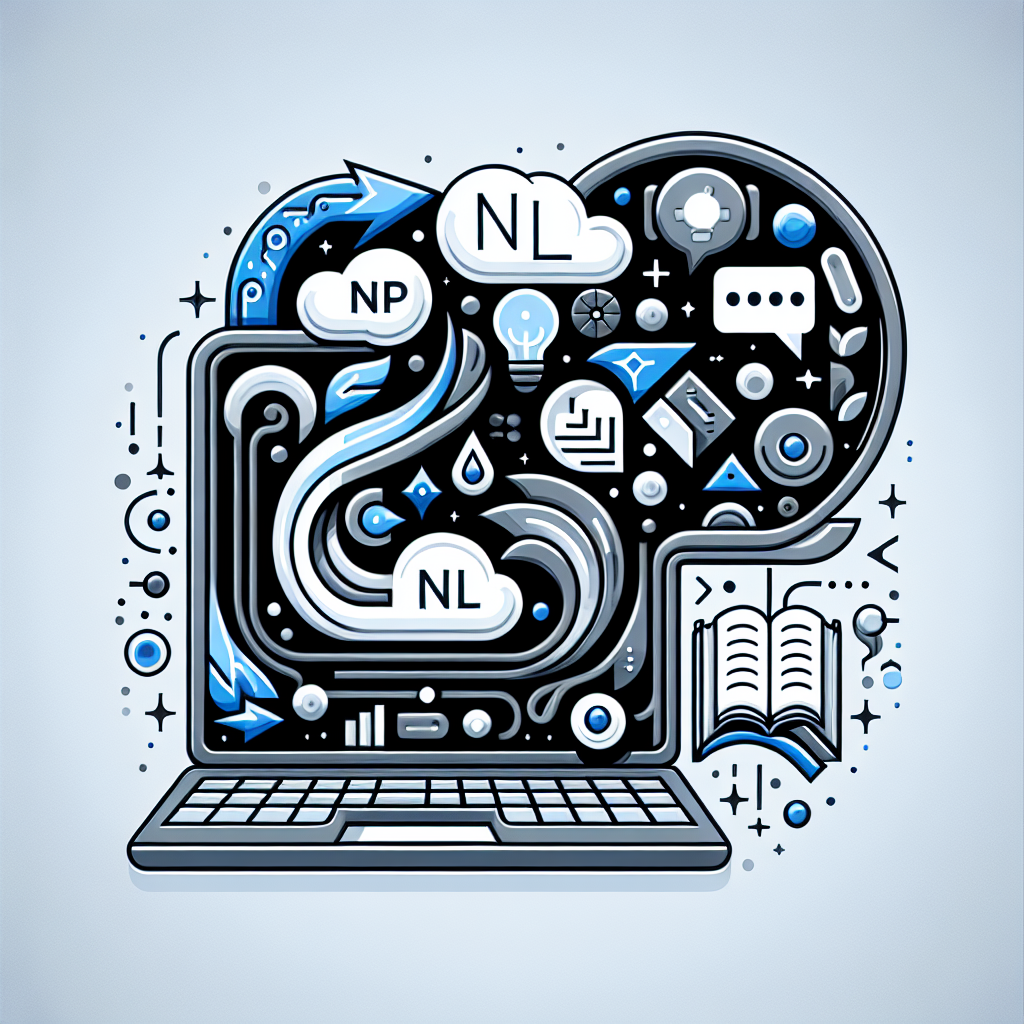Natural Language Processing (NLP) is an area of artificial intelligence that focuses on the interaction between computers and humans using natural language. It encompasses a range of techniques that enable computers to understand, interpret, and generate human language in a way that is meaningful and relevant to users. In recent years, NLP has become an increasingly important technology in content generation, as it allows machines to automatically generate text, summaries, and other forms of content that are tailored to a specific audience.
The Role of NLP in Content Generation
NLP plays a critical role in content generation by enabling computers to analyze and understand human language, and then generate content that is relevant, accurate, and engaging. Some of the key ways in which NLP is used in content generation include:
1. Content Summarization: NLP techniques can be used to automatically summarize large amounts of text, making it easier for users to quickly understand the main points of a document or article. This can be particularly useful for generating executive summaries, news articles, and other forms of content where brevity and clarity are important.
2. Sentiment Analysis: NLP can be used to analyze the sentiment of text, enabling computers to understand whether a piece of content is positive, negative, or neutral. This can be useful for generating content that is tailored to a specific audience, such as marketing materials that are designed to evoke a particular emotional response.
3. Language Translation: NLP techniques can be used to automatically translate text from one language to another, enabling businesses to create content that is accessible to a global audience. This can be particularly useful for generating multilingual websites, marketing materials, and other forms of content that need to be translated into multiple languages.
4. Natural Language Generation: NLP can be used to automatically generate natural language text, enabling computers to write articles, product descriptions, and other types of content without human intervention. This can be particularly useful for generating large volumes of content quickly and efficiently, such as in the case of e-commerce websites that need to create product descriptions for thousands of items.
5. Content Personalization: NLP can be used to analyze user behavior and preferences, enabling computers to generate personalized content that is tailored to individual users. This can be particularly useful for generating targeted marketing materials, personalized product recommendations, and other forms of content that are designed to engage users on a more personal level.
FAQs about NLP in Content Generation
Q: How accurate is NLP in content generation?
A: The accuracy of NLP in content generation can vary depending on the specific task and the quality of the data used to train the models. In general, NLP techniques have become increasingly accurate in recent years, but there are still limitations and challenges that need to be addressed.
Q: Can NLP generate content that is indistinguishable from human-written content?
A: While NLP techniques have improved significantly in recent years, it is still difficult for computers to generate content that is completely indistinguishable from human-written content. However, with advancements in machine learning and natural language generation, the gap between human and machine-generated content is closing.
Q: How can businesses benefit from using NLP in content generation?
A: Businesses can benefit from using NLP in content generation in a variety of ways, including increased efficiency, improved accuracy, and the ability to create personalized content at scale. NLP can also help businesses reach a global audience by enabling them to translate content into multiple languages.
Q: What are some of the challenges of using NLP in content generation?
A: Some of the challenges of using NLP in content generation include the need for high-quality training data, the potential for bias in the models, and the difficulty of generating content that is truly creative and original. Additionally, NLP models can sometimes struggle with understanding context and nuance in human language.
Q: How can businesses ensure the quality of content generated using NLP?
A: Businesses can ensure the quality of content generated using NLP by carefully curating training data, regularly testing and evaluating the models, and incorporating human oversight and feedback into the content generation process. By taking these steps, businesses can ensure that the content generated using NLP is accurate, relevant, and engaging.
In conclusion, NLP plays a crucial role in content generation by enabling computers to analyze, understand, and generate human language in a way that is meaningful and relevant to users. By leveraging NLP techniques, businesses can create personalized, accurate, and engaging content that resonates with their target audience. As NLP technology continues to advance, the possibilities for content generation are limitless, and businesses that embrace this technology will be well-positioned to succeed in the digital age.

